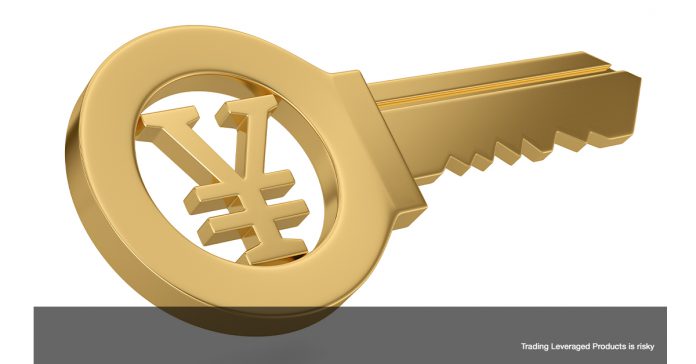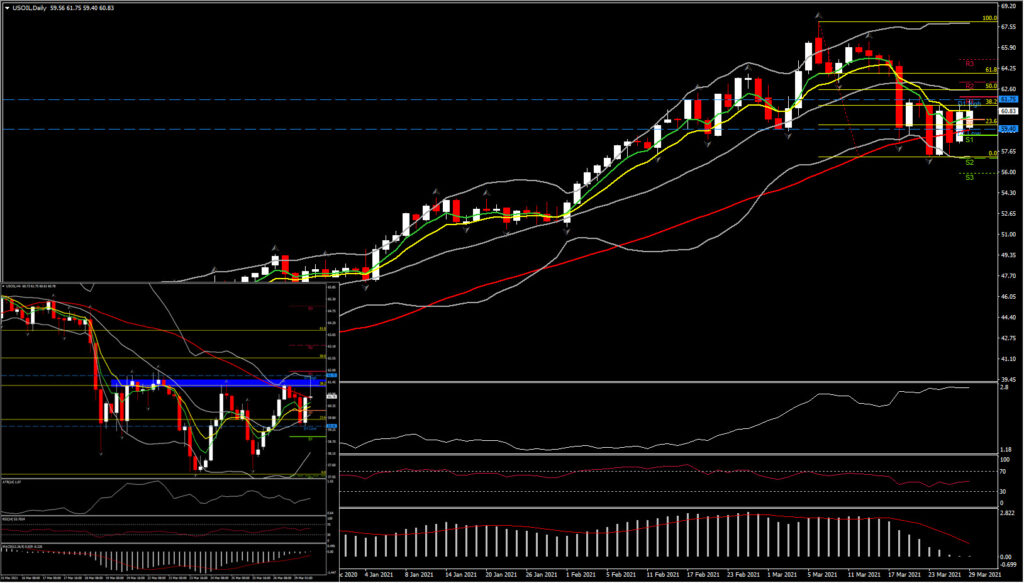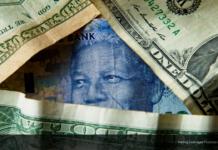Treasury yields have dipped slightly alongside modest losses in US equity futures. US Equity futures are mildly weaker, with the USA30 off -0.4%, the USA500 down -0.4% and the USA100 easing -0.2% in market trading. The WSJ (paywall) reports that Credit Suisse and Nomura announced today that they could be hit with sizable losses from dealings with a US client. Nomura Holdings Inc was hit by warnings of a possible “significant” loss related to the unwinding of trades and Credit Suisse was also under pressure, after the bank warned of losses related to a US hedge fund defaulting on margin calls. The client remains unnamed, and the reason(s) why the hedge fund had to liquidate are unknown. However, the news weighed on shares of other global banks, adding to the unsettled tone in equities this morning. Also adding to the defensive tone were reports that Archegos Capital Management LLC (the family office of Bill Hwang) was the source of block trades selling Chinese tech giants and US media firms. Markets thus far point to little systemic risk, but investors are on alert for signs of contagion as a number of banks reportedly have exposure to Archegos.
Click here to access our Economic Calendar
Andria Pichidi
Market Analyst
Disclaimer: This material is provided as a general marketing communication for information purposes only and does not constitute an independent investment research. Nothing in this communication contains, or should be considered as containing, an investment advice or an investment recommendation or a solicitation for the purpose of buying or selling of any financial instrument. All information provided is gathered from reputable sources and any information containing an indication of past performance is not a guarantee or reliable indicator of future performance. Users acknowledge that any investment in Leveraged Products is characterized by a certain degree of uncertainty and that any investment of this nature involves a high level of risk for which the users are solely responsible and liable. We assume no liability for any loss arising from any investment made based on the information provided in this communication. This communication must not be reproduced or further distributed without our prior written permission.





















